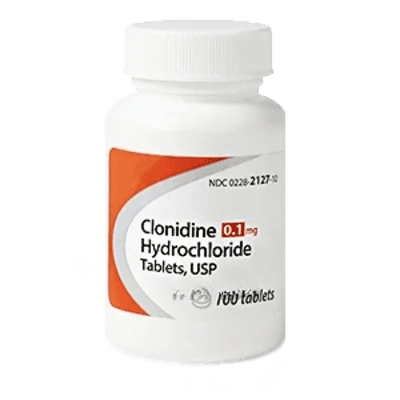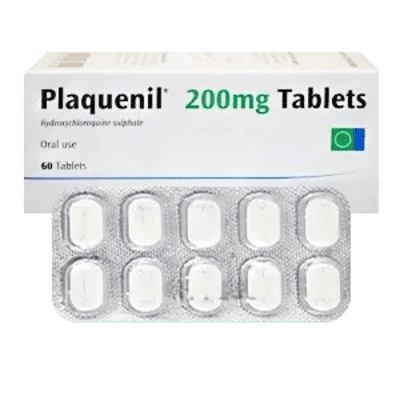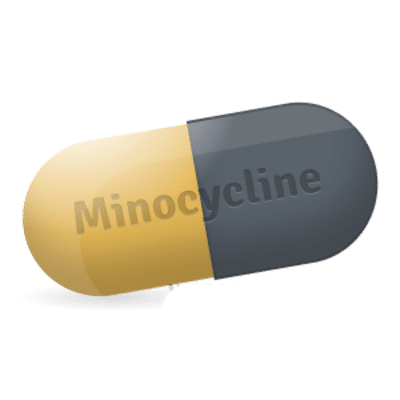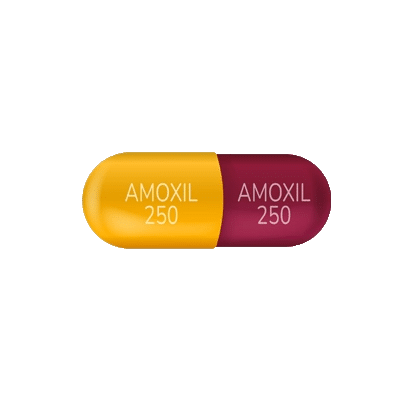The drug really helps to maintain normal blood pressure. However, it took some time to get used to taking it and avoid dizziness.

Clonidine
- Quality products
- Support 24/7
- Fast delivery
What is it?
Clonidine is a drug widely used in the treatment of hypertension. Its unique action is based on its ability to stimulate alpha-2 receptors in the brainstem, which leads to a decrease in the transmission of signals from the brain to other areas of the body. This, in turn, helps to reduce peripheral resistance, renal vascular resistance, heart rate and blood pressure. Clonidine can be used both orally and in the form of patches applied to the skin, which expands its therapeutic capabilities and facilitates the process of application.
Composition
The composition of Clonidine includes active and auxiliary components that ensure its effectiveness and safety. The main active ingredient is clonidine, which plays a central role in lowering blood pressure. In addition to the main substance, the drug also includes auxiliary components that contribute to the stability of the form and absorption of the drug, and also provide a long period of its action when used in the form of patches.
- Clonidine is the main active ingredient that helps lower blood pressure.
- Additional auxiliary substances used to stabilize and improve the absorption of the drug.
- Coating components in the composition of patches, ensuring its reliable fixation on the skin and prolonged release of the substance.
Each element of the composition is carefully thought out to ensure maximum effectiveness of Clonidine in the treatment of hypertension.
How to use?
The correct use of Clonidine requires following certain guidelines to achieve the best results and avoid possible side effects. The drug is usually taken twice a day, and the dosage is adjusted based on the individual patients response to treatment. If using Clonidine in patch form, they should be applied to clean, dry skin on the upper arm or torso once every seven days. When changing the patch, it is important to choose a different place on the skin to apply it.
- Take Clonidine twice a day if prescribed by your doctor.
- If you are using a patch, apply it to clean skin on the upper arm or torso once a week.
- Each time you change the patch, choose a new place to apply it.
These rules will help you avoid unpleasant consequences and achieve the desired therapeutic effect from Clonidine treatment.
How does it work?
Clonidine works by interfering with certain chemical processes in the body, making it a powerful tool in the fight against high blood pressure. Clonidine stimulates alpha-2 receptors in the central nervous system, which reduces the transmission of signals from the brain to the heart and other organs that regulate blood pressure. This action helps to reduce peripheral vascular resistance, which reduces the load on the cardiovascular system.
This activation of alpha-2 receptors also contributes to a long-term reduction in heart rate and blood pressure. This is what makes Clonidine a popular drug among patients suffering from hypertension. Due to its effectiveness and the ability to use in various forms, such as tablets or patches, Clonidine provides a variety of treatment options suitable for a wide range of patients.
Indications
Clonidine is prescribed in a variety of conditions to lower blood pressure and relieve symptoms associated with hypertension. It may be useful in the combination therapy of hypertension, especially when long-term control of blood pressure is required. The drug may also be prescribed when other treatments have proven ineffective or ineffective. Due to its ability to reduce excess signaling in the central nervous system, Clonidine may be useful in the treatment of other conditions.
- Effective treatment of hypertension and reduction of high blood pressure.
- Improvement of the general condition of the patient in disorders of the cardiovascular system.
- Use in cases where long-term blood pressure control is required.
These indications make Clonidine an important agent in the arsenal of treatment of hypertension and related conditions.
Contraindications
Like any drug, Clonidine has a number of contraindications that must be taken into account before prescribing it. Among them are hypersensitivity to the components of the drug, which can lead to unwanted allergic reactions. Patients with certain heart conditions, such as sick sinus syndrome or heart block, should use the drug with caution or avoid it altogether. Additionally, it is necessary to take into account the condition of the kidneys and the presence of other diseases that can affect the safety of using Clonidine.
- Hypersensitivity to Clonidine or its components.
- Conditions of the cardiac system, such as sick sinus syndrome and heart block II and III degrees.
- The need for careful use in kidney disease or depression.
These contraindications play an important role in ensuring the safety and effectiveness of the course of treatment with Clonidine.
Side effects
Side effects from Clonidine can range from mild to more serious, and patients should be aware of possible reactions. In addition to standard allergic reactions such as hives and difficulty breathing, Clonidine can affect heart rhythm and cause changes in general physical condition. If any of the side effects become severe, medical attention should be sought immediately.
- Allergic reactions, including hives and difficulty breathing.
- Urgent changes in heart rhythm, such as a pulse that is too slow or too fast.
- Swelling, rapid weight gain, and other serious reactions such as hallucinations or confusion.
Patients should remain alert and seek medical attention immediately if these symptoms occur for appropriate care.
Frequently asked questions
Clonidine Reviews and Experiences
I use Clonidine in the form of patches. It is convenient and you don’t forget to take the next dose. The pressure is controlled stably, I haven’t noticed any side effects.
Clonidine has been a godsend for my dad. His blood pressure has become more stable and the need for frequent visits to the doctor has been significantly reduced. The main thing is to follow the doctors recommendations.









